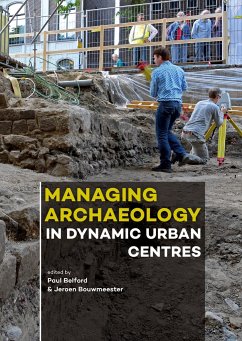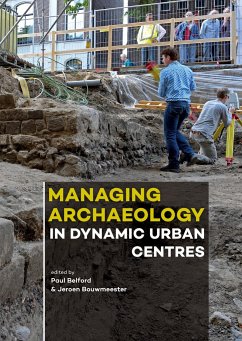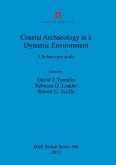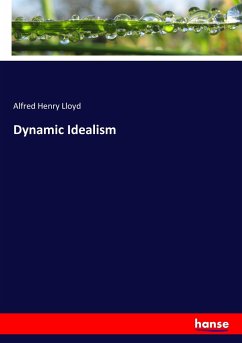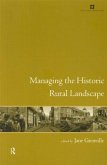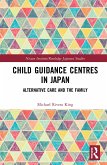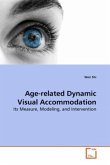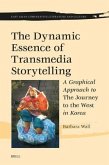This book looks at how archaeologists in the early 21st century are dealing with the challenges and opportunities presented by development in archaeologically sensitive urban centres. Based on a session held at the 2017 EAA conference in Maastricht, the volume features case studies from across Europe and beyond - including Norway, Lithuania, Belgium, the Netherlands, the United Kingdom, Germany, Luxembourg, Switzerland, Italy and Israel. The chapters look both at individual projects and larger thematic issues.How has urban archaeology changed the ways in which archaeologists work? Is it possible to predict (and avoid or protect) sensitive archaeology in dynamic urban centres? Do technical solutions to preservation in situ actually work? How are the public involved and how do archaeologists promote public engagement? What are some of the issues and problems for the future?This book is the first publication of the EAA Urban Archaeology Community, and its editors hope that it will provoke debate, and inform future developments in urban archaeology in Europe and beyond.ContentsIntroduction: issues, principles and practiceJeroen Bouwmeester and Paul BelfordGediminas Hill and the Upper Castle in Vilnius: Interactions between Nature, Heritage and a Dynamic Urban CentreEdita Povilaityt -Leliugien Some more equal than others? Some issues for urban archaeology in the United KingdomPaul BelfordThe Kipdorp site: Preservation and Valorization of the 16th century Fortification at the location of the new Opera Plaza in AntwerpFemke Martens, Daan Celis, Veerle HendriksArchaeology-friendly building in a city centre: mission achieved or mission impossible?Maarten GroenendijkThe construction of the new Station Area in Utrecht: a decade of pressure cooker archaeologyJan Willem OudhofCatching archaeology in Deventer. A case study of combining two instruments to improve archaeological heritage management in urban contextJeroen BouwmeesterArchaeology in Cologne: tradition vs. urban developmentThomas Höltken and Marcus TrierUrban archaeology and conservation of archaeological sites in Luxembourg - potential conflict or valuable addition to modern construction?Christiane Bis-WorchManaging Archaeology in Dynamic Urban Centres in Canton VaudMarion LiboutetStratigraphy as a strategy, an approach to urban archaeological excavation. The example of Aosta, NW ItalyClaudia De DavideExploring the archaeological potential of the Esquiline hill in RomeValeria BoiFollowing the Developers - Salvage Archaeology and Urban Archaeological Management, The Israeli ExperienceJon SeligmanManaging archaeology in dynamic urban centres: challenges and opportunitiesPaul Belford and Jeroen Bouwmeester
Hinweis: Dieser Artikel kann nur an eine deutsche Lieferadresse ausgeliefert werden.
Hinweis: Dieser Artikel kann nur an eine deutsche Lieferadresse ausgeliefert werden.

